Rise of the Black Vampire: In honor of Women in Horror Month and Black History Month, we explore the role of black women in the boom of 1970s horror.
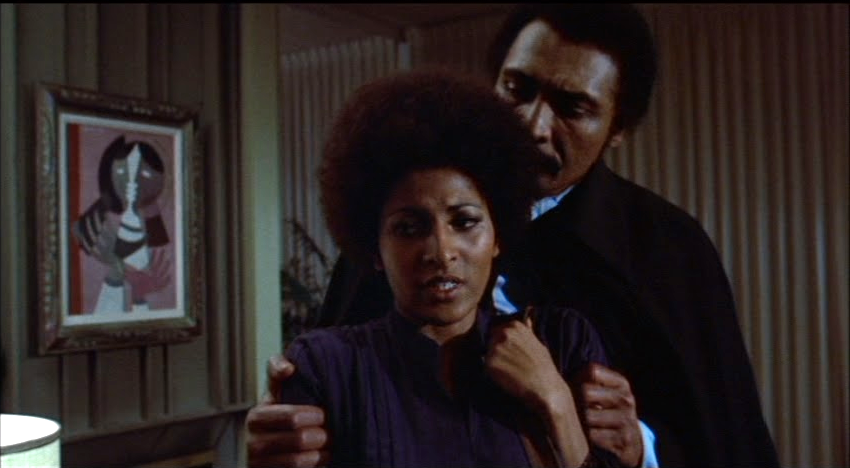
“Black women [in horror] were very much centered as frightening because they wielded power.” — Horror Noire
The history of black people in horror movies is complicated, at its best. Horror hasn’t traditionally been a genre interested in including black characters. When it does, the black body (at least in the past) occupied the sphere of ‘other’; as monsters, as human-adjacent beings, as the supporting cast of the crumbling of good (white) society. The discourse in which we partake in now, around the intersections of horror and marginalized identities, places emphasis on the present and future of black horror, or at least black characters in horror.
Jordan Peele is dominating the conversation with his films that do not shy away from the real-life terror that is being a person of color in regressive, racist America, and the new lineup of black scream queens, including Lupita Nyong’o in Us, Octavia Spencer as the titular character in Ma, and Janelle Monae in the upcoming film Antebellum are introducing a new autonomous, and multi-faceted wave of black women in horror.
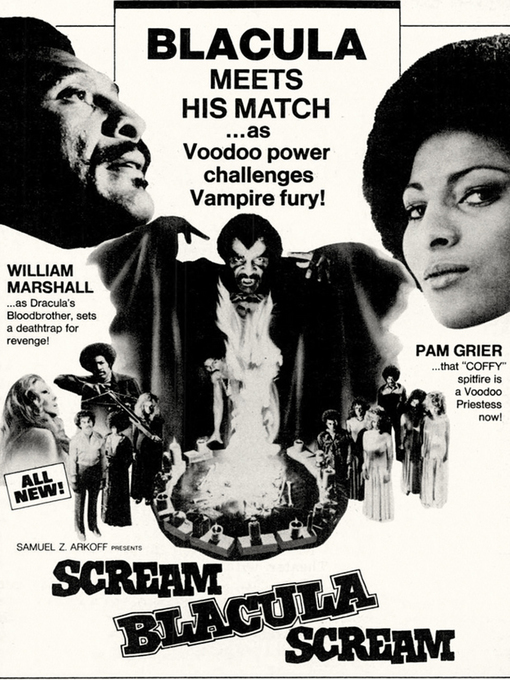
But there are some interesting gems to be found in the past; specifically, the boom of ‘blaxploitation’ horror movies that flared up and fizzled out just as quickly as it came.
Blaxploitation is a film style emerging in the 1970’s; normally made-for-cheap films, they were infamous for the stereotypical characterization of black people and overt violence. In these films, no matter how campy or ridiculous, we see glimpses of black life in the 1970s. Though the movies I look at in this essay places its main focus (protagonist, and antagonist) on black men, I’d like to put emphasis and my own lens, as a black woman, at the black woman leads and love interests that shine in this era.
The Blacula Series
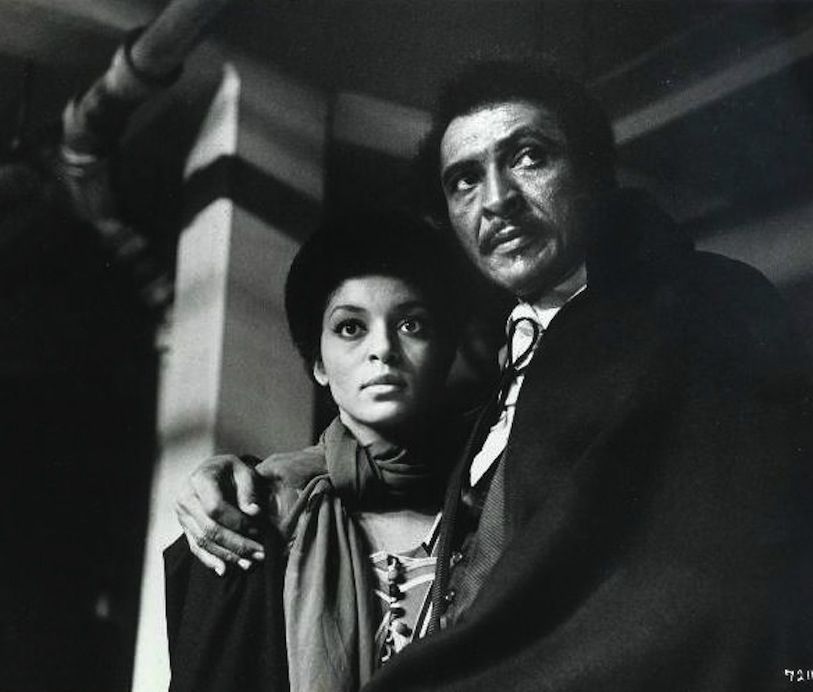
Blacula was a 1972 commercial success. It catapulted black horror into the public sphere, and afterwards, came a number of horror film spoofs centering around black people—including, but not limited to Abby (1974), a parody of The Exorcist, and Dr. Black and Mr. Hyde (1976), a rendition of the classic story but with black people. Surprisingly, there’s not a whole lot of coverage of Blacula and the boom of blaxploitation horror outside of the circles of black horror scholars.
The film centers around African Prince Mamuwalde (William Marshall), who travels to Transylvania with his wife Luva (Vonetta McGee) to speak to Dracula about ending the Transatlantic slave trade. Negotiations go bad, and Mamuwalde is cursed to roam the world as a vampire for eternity.
Blacula was groundbreaking in that the film showed audiences the normal, day-to-day life of middle class, competent black people.

We see black people as scientists, as detectives, and as cab drivers and museum curators — not relegated solely to the role of servant or catalyst for the white character to defeat whatever evil they are fighting against. Mamuwalde is an intelligent, well-spoken man, and he is not the black antagonist to a white savior. Those who fight against Blacula are also black; as deuteragonist, we have Dr. Gordon Thomas (Thalamus Rasuala) who’s a detective hot on Blacula’s trail.
Granted, because of the time period and cultural norms of the 1970s, there’s some unfortunate aspects that come up; namely, in the way the film approaches black women.
Tina (Vonetta McGee) is (arguably) the tritagonist of the film, and Blacula’s dead wife, Luva, reincarnated. Unfortunately, that’s really the only role she serves; as love interest. We don’t get to learn much about Tina, besides the fact that in a past life, she was the dignified and elegant wife of Mamuwalde, Luva.
Her sister, Michelle (Denise Nicholas), is a bit more interesting. We don’t see her often in the film, but when we do she is helping her husband who’s hot on the trail of Blacula, analyzing samples of tissue from Blacula’s victims in her lab and in the heart of danger as she squares off against the forces of evil, Blacula’s minions of the night.
In the sequel, Scream Blacula Scream, we see a black woman given a much bigger role.
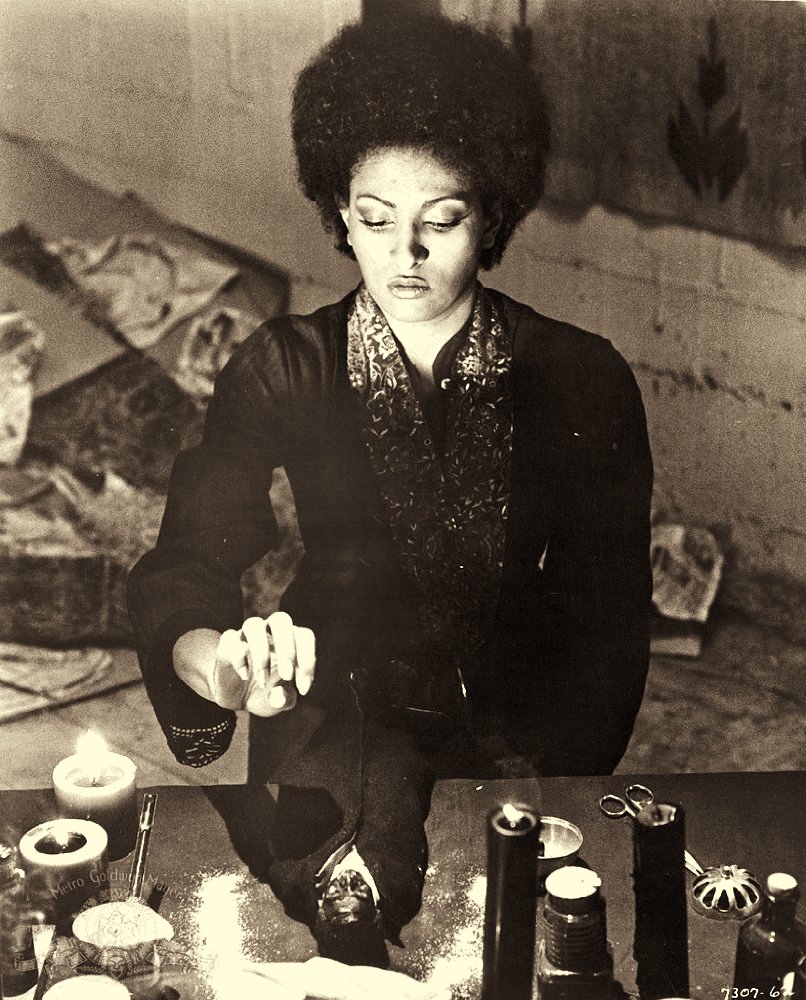
Pam Grier is the queen of the blaxploitation era. She plays Lisa, the powerful voodoo priestess of a group that practices magic. The film explores themes of voodoo and spirituality in the black community through a black lens, and through practitioners who wield and respect the magick. We see how, through alien eyes, voodoo is a source of fear and misunderstanding to those who know nothing about it. Lisa is vilified by the white police chief who is convinced completely that the forces of voodoo have something to do with the deaths and disappearances caused by Blacula.
As a voodoo priestess, Lisa plays the force of good to Dracula’s evil, and this is an interesting idea in itself.
Black witchcraft and voodoo as the conduit for evil is a trope that has been played out far too many times in horror. Lisa not only is the leader of a religious group, but an expert in African art and culture. She alone almost manages to cure Blacula from his vampire affliction, only for her ritual to go off the rails. When Lisa realizes the damage that Mamuwalde has caused, she denies him freedom and uses his poppet doll to kill him. In this sense, voodoo is used as both a force of healing and a way to hurt.
Ganja & Hess
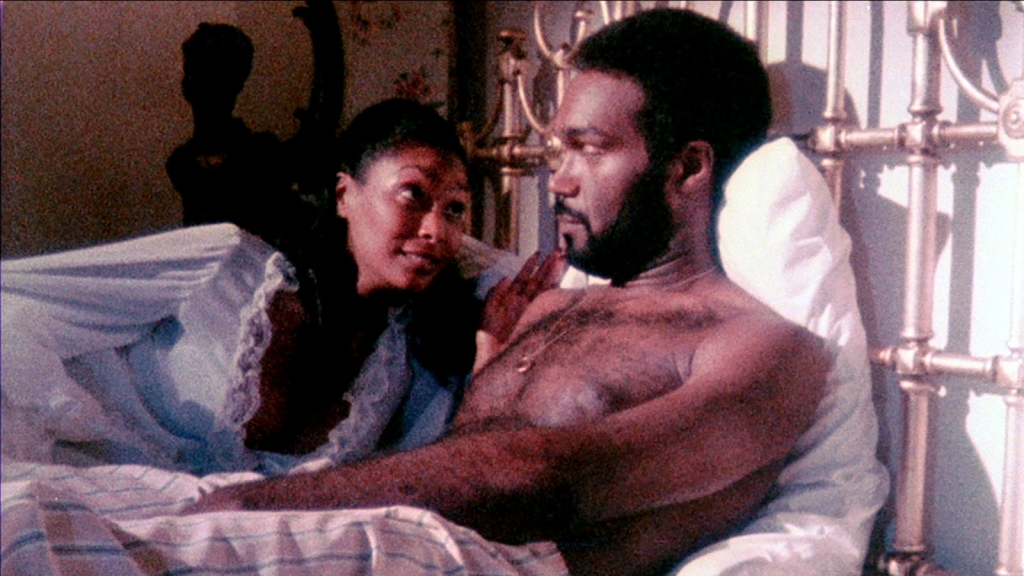
Ganja & Hess is an interesting film that’s, rightfully, garnered some attention as being a staple film for black history month. The movie also features Duane Jones, famous for portraying Ben in Night of the Living Dead.
After anthropologist Dr. Green (Duane Jones) is stabbed with a ritualistic dagger by his unstable assistant, George Meda (Bill Gunn), he begins to crave blood. This is Dr. Green’s story, but it’s Meda’s widow, Ganja (Marlene Clarke), who steals the show in her first scene.
We’re introduced to our deuteragonist and love interest in her quest to find her missing husband and the assistant that triggered this turn of events.

Ganja is a loud, abrasive woman who likes to crack jokes at the expense of others. She’s pushy, and sometimes this quality backfires on her, specifically when she forces herself into Dr. Green’s basement and finds the frozen body of her husband.
In her first scene, she is adorned in pearls and fur, and within a short amount of time, Ganja is running the house with her new beau, Dr. Green. In her quest to find her missing husband, Ganja unknowingly begins a relationship with the same man who hid his body in the freezer.
When this all comes to light, she reconciles these confusing emotions by telling Dr. Green a story about her youth; how she was mistreated by her mother when all Ganja wanted from her was acceptance and love. Because her mother could not provide for her, she would provide for herself. She would always care for Ganja. And Ganja alone and caring for herself in that time meant accepting her husband’s death and marrying the man who seemingly made her happier—Dr. Green.
Ganja & Hess ends on sort-of a bleak note.
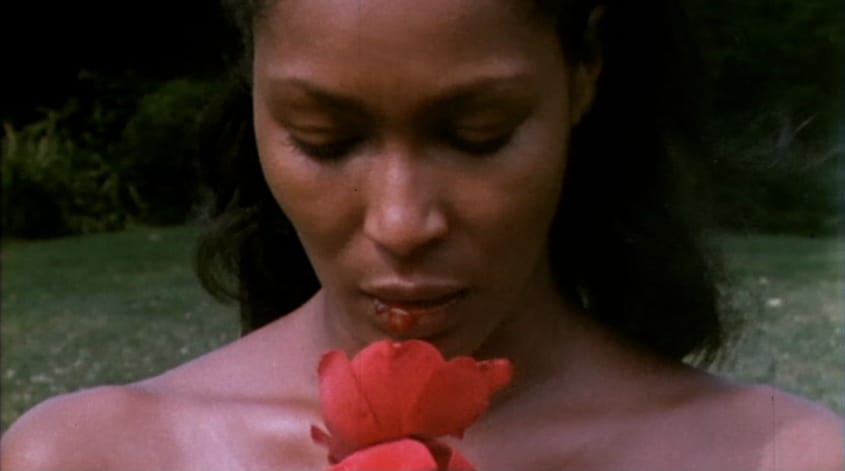
Dr. Green is given salvation from his bloodsucking ways by accepting Jesus Christ into his heart. And he dies, his soul saved by the love of God. Ganja, meanwhile, is still cursed to roam the world as a vampire until the end of time.
What’s interesting about the character of Ganja is the fact that at no point does the movie frame her as a bad person for deciding to abandon her terrible husband and marry Dr. Green. Even the ending, where Ganja is left suffering on Earth, isn’t the end of Ganja’s story. We can interpret by her solemn visage after the death of Dr. Green that she as well can break her curse.


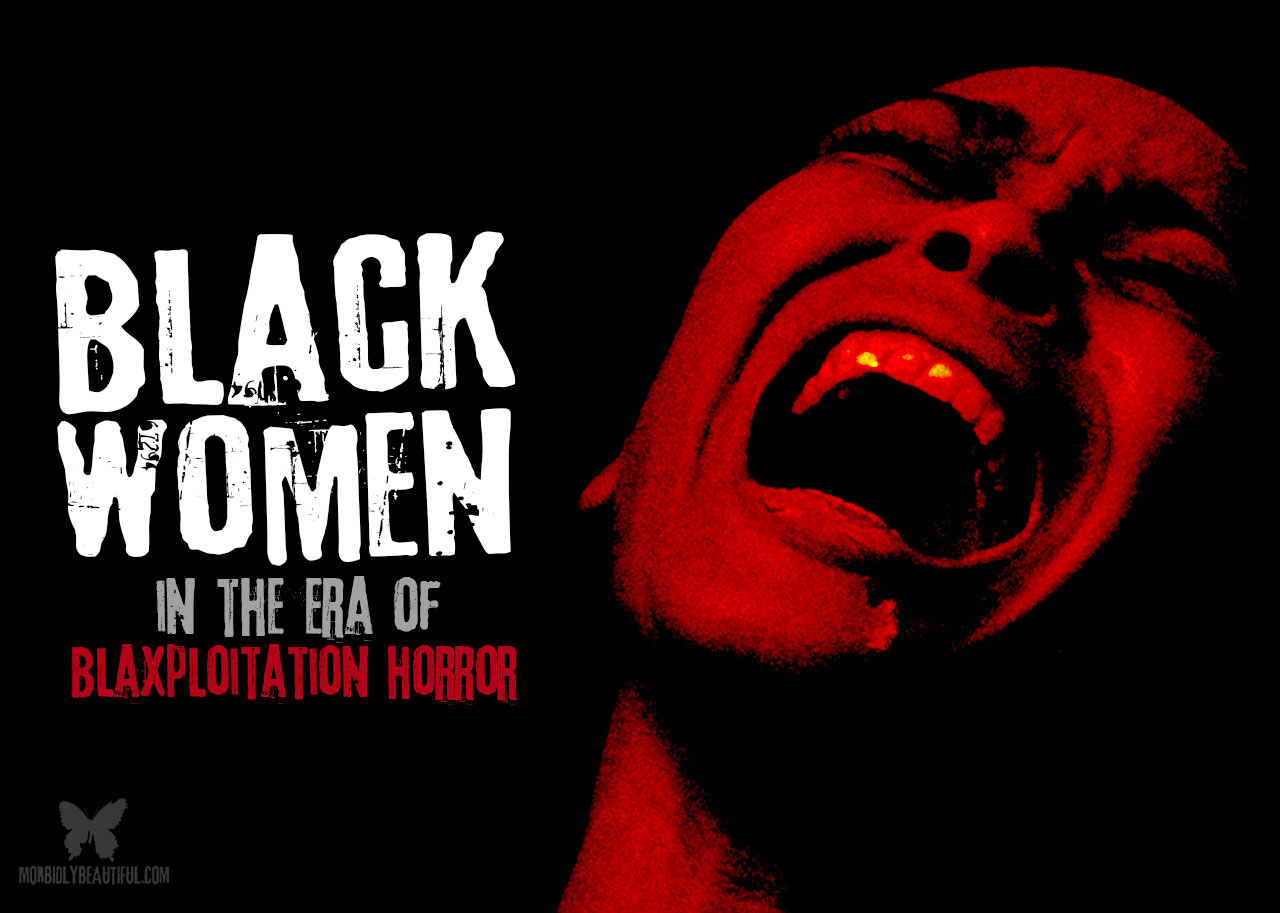
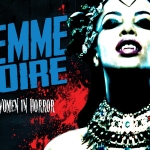

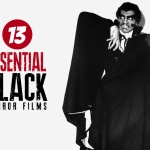








Follow Us!